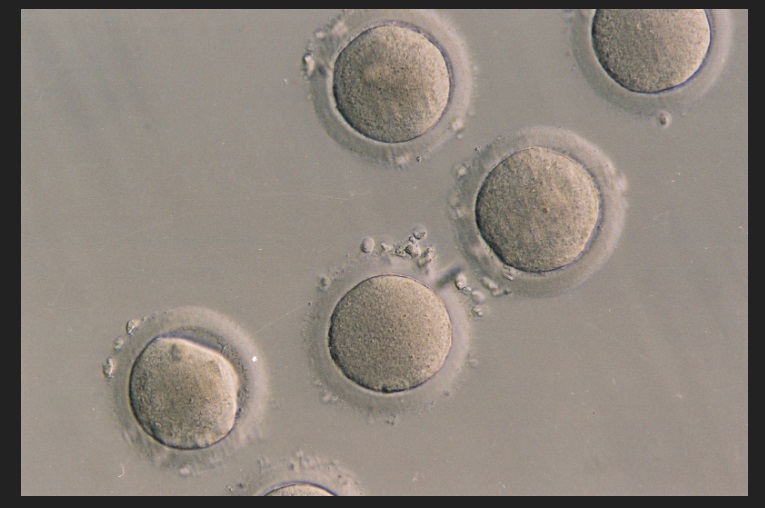Patterns in women’s health: Gynaecological and Gastrointestinal comorbidity

How to improve sperm morphology
24/05/2021
How Traditional Chinese Medicine treats PCOS
14/06/2021
Patterns in women’s health: Gynaecological and Gastrointestinal comorbidity by Teja Jaensch.
Teja completed his Masters in Research through Western Sydney University in 2016. The coursework component was based on epidemiology (the study of public health) and research design and methodology, all directed at the creation and implementation of an independent research project. His special interest was looking at the prevalence of dysfunctional interrelationships between the gynaecological and gastrointestinal systems. In Chinese Medicine, we see these co-dependencies and associations between all functional tissue. As we’ve been working in the field of fertility and infertility for so long, and see so many women wiyh concurrent digestive and menstrual complaints, Teja studied over two thousand women from an international cohort and explored the hypothesis of comorbidity, with results finding in the affirmative. The goal of this work is to further communication between disparate specialties in medicine to bridge the gap between ‘patient and doctors’ to create for her a new reality of ‘patient and team’. In the hopes of furthering this discussion Teja is making his work freely available, including the full result tables at the end, so peers and patients can explore the data themselves.



